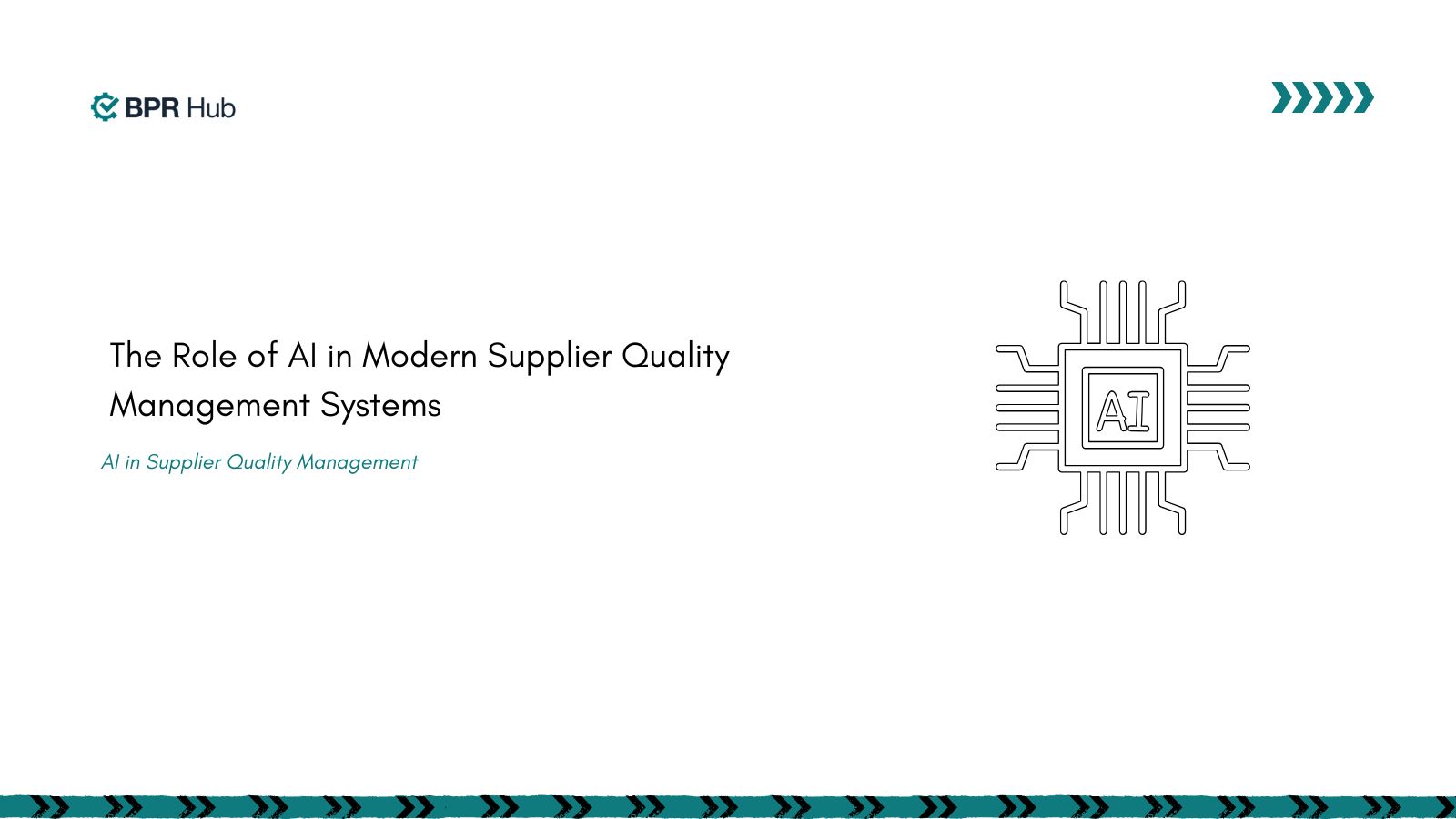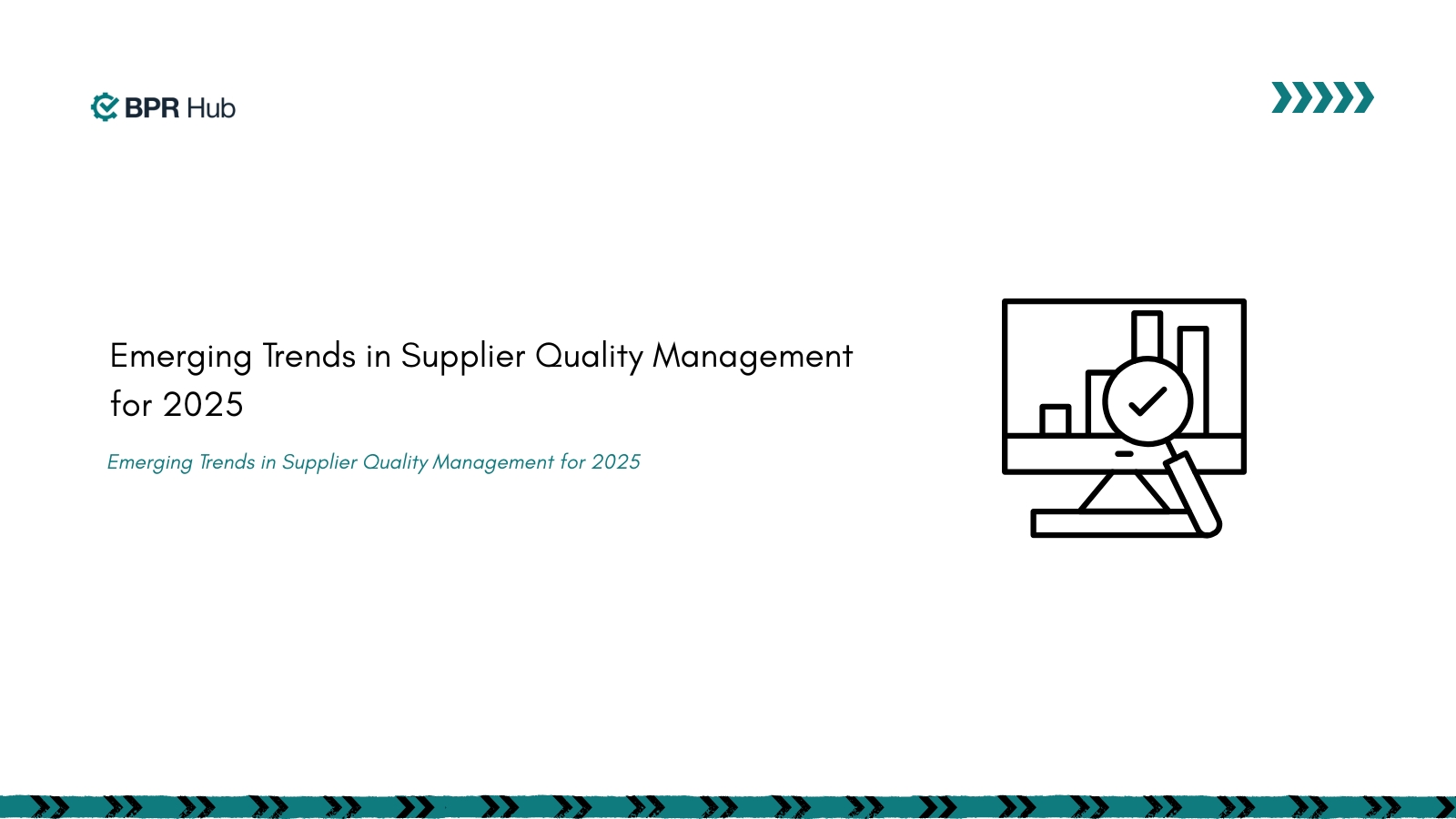How much would you be willing to pay to prevent a workplace injury that could cost your company millions? A manufacturing company that adopted ISO 45001 experienced a 40% reduction in workplace accidents within the first year.
Every year, businesses hemorrhage resources – not just money, but human potential – through preventable workplace incidents. What if there was a strategic tool that could transform your safety approach from reactive to proactive?
ISO 45001 is more than just another compliance document. It's a living, breathing roadmap that turns complex safety regulations into a clear, actionable strategy. Whether you're a business leader tired of navigating safety minefields or a safety professional seeking to revolutionize workplace protection, leveraging an ISO 45001 legal register can transform how you manage compliance.
Imagine a workplace where safety isn't a burden but a competitive advantage, where every regulation becomes an opportunity to protect your most valuable asset – your people. Ready to flip the script on workplace safety? Let’s dive in.
What Is ISO 45001 and Why Is It Important?
ISO 45001 is an internationally recognized standard for occupational health and safety (OHS) management systems. It helps organizations improve employee safety, reduce risks, and boost productivity.
According to the Occupational Safety and Health Administration (OSHA), businesses pay nearly $1 billion per week in workers' compensation costs alone due to workplace injuries. Adopting the ISO 45001 legal register helps organizations stay compliant with changing safety regulations. Achieving certification can lead to tangible benefits, such as:
- Reduce Work-Related Injuries and Illnesses: Proactively identify and mitigate health and safety risks to significantly lower the occurrence of workplace accidents and health-related issues.
- Enhance Employee Morale by Fostering a Safer Environment: Cultivate a culture of safety that boosts employee confidence, job satisfaction, and overall well-being, leading to a more engaged and productive workforce.
- Minimize Financial Losses Due to Workplace Accidents: Reduce the financial burden from workplace incidents, including medical costs, legal fees, and insurance premiums, by implementing robust safety protocols.
- Strengthen Organizational Reputation with a Commitment to Safety: Showcase your dedication to employee welfare and regulatory compliance, enhancing your brand’s image and earning the trust of both employees and clients.
ISO 45001 not only improves workplace safety and compliance but also boosts operational efficiency, and employee morale, and protects against financial and reputational risks. Companies that implement ISO 45001 see up to 30% fewer injuries and a 25% drop in incident-related costs.
Achieving certification signals a proactive commitment to safety. One essential tool to support ISO 45001 is a comprehensive legal register. But what exactly is it, and how does it ensure effective compliance?
What Is a Legal Register in the Context of ISO 45001?
The ISO 45001 legal register is an essential tool for maintaining compliance and managing workplace safety risks. It acts as a centralized record of all relevant occupational health and safety (OHS) laws, regulations, and standards applicable to your operations. Key elements include:
- Comprehensive Legal Overview: Consolidates all relevant OHS regulations, ensuring nothing is overlooked.
- Regulatory Awareness: Provides clarity on which laws apply to your organization based on industry, location, and specific operations.
- Proactive Risk Management: Identifies potential compliance gaps and legal risks, allowing for timely corrective actions.
A well-maintained ISO 45001 legal register ensures that businesses meet legal requirements and mitigate safety risks. Now that we’ve established what a legal register is and its role in ISO 45001 compliance, let’s explore its primary purpose and why maintaining an up-to-date register is essential for safeguarding both your business and workforce.
Purpose of the ISO 45001 Legal Register
The primary purpose of the ISO 45001 legal register is to provide organizations with a clear and structured approach to managing OHS compliance. Beyond mere legal adherence, it plays a crucial role in fostering a proactive safety culture and promoting accountability across the workplace. A well-maintained legal register:
- Identifies and Tracks Relevant OHS Regulations: Ensures that your organization is aware of all applicable laws and standards, tailored to your specific operations, reducing the risk of non-compliance.
- Minimizes Legal Risks and Penalties: Keeps your compliance efforts current, helping you avoid costly fines, legal actions, and reputational damage by addressing regulatory changes promptly.
- Supports Compliance Management and Continuous Improvement: Provides a structured framework for managing OHS compliance responsibilities, streamlining audits, and driving ongoing improvement in safety practices.
By maintaining a robust legal register, organizations not only stay compliant but also enhance overall operational efficiency and safety standards. With a clear understanding of the purpose behind the ISO 45001 legal register, let's now dive into its essential components, which form the foundation of an effective compliance management system.
Components of an ISO 45001 Legal Register
A well-structured legal register includes several essential components that are critical to its effectiveness. These elements ensure that your organization can easily navigate regulatory requirements, stay compliant, and manage occupational health and safety risks proactively. Here are the key components that make up an effective ISO 45001 legal register:
- Regulation Identification: A detailed list of relevant laws, regulations, and standards, including local, national, and international requirements.
- Jurisdiction Information: Indication of the geographical areas where each regulation applies (e.g., federal, state, or local laws).
- Compliance Status: Information about whether each regulation is currently being met, including any deadlines for compliance.
- Responsible Parties: Identification of individuals or departments responsible for ensuring compliance with each regulation.
- Reference to Associated Policies/Procedures: Linking each regulation to corresponding organizational policies or procedures that ensure compliance.
An effective ISO 45001 legal register includes key components like regulation identification, jurisdiction details, compliance status, responsible parties, and links to relevant policies. These elements ensure your organization stays compliant, reduces risks, and fosters a culture of safety. Regularly updating the register supports ongoing improvement in health and safety practices.
Are you missing key regulations in your ISO 45001 legal register? With BPRHub, you can easily identify and manage all the necessary components of a compliant legal register. Dive deeper with our Document Hub and Compliance Hub to explore the tools designed for seamless compliance management. Try it out now.
Understanding the components of the legal register is just the first step; the real challenge lies in ensuring it remains accurate and relevant. Let’s explore how to maintain an effective ISO 45001 legal register.
Maintaining an Effective ISO 45001 Legal Register
An effective legal register is not a static document—it’s a dynamic, living tool that evolves with changes in occupational health and safety regulations. Given that laws and standards are constantly being updated or amended, it's crucial to ensure your legal register is consistently reviewed and revised. This ongoing process helps your organization stay in compliance, avoid penalties, and maintain a proactive approach to managing OHS risks. To keep your legal register up to date and effective, here’s how to maintain it:
- Continuous Monitoring: Stay up-to-date on regulatory changes by subscribing to government publications or working with legal advisors.
- Periodic Audits: Regularly review the legal register and cross-check with new or amended regulations.
- Training and Awareness: Ensure key stakeholders, such as safety managers or legal officers, are regularly trained on the latest updates to the legal register.
Maintaining an effective ISO 45001 legal register requires ongoing vigilance and proactive management. By continuously monitoring regulatory changes, conducting periodic audits, and ensuring regular training for stakeholders, your organization can stay compliant and mitigate OHS risks.
An up-to-date legal register is vital for maintaining a safe and legally compliant workplace, driving long-term success and a safety culture. Now that we’ve covered how to maintain an effective legal register, let’s look at the practical steps for implementing and managing it within your organization to ensure long-term compliance and efficiency.
Implementing and Managing the Legal Register
Successfully implementing and managing a legal register involves a structured, systematic approach to ensure it is comprehensive and effective. By establishing clear processes and responsibilities, organizations can streamline compliance, minimize risks, and ensure that all relevant regulations are consistently met. Here's how to approach the implementation and management of a legal register effectively:
- Assign a Legal Compliance Officer: Designate someone in your organization to oversee the legal register, ensuring all information is accurate and current.
- Leverage Technology: Digital tools or platforms like BPRHub can be used to store and track the legal register. Automation can reduce the chances of human error and streamline updates, especially for large organizations with complex compliance needs.
- Integrate with Other Compliance Systems: Ensure your legal register is integrated with other compliance management systems to provide a comprehensive view of your compliance status.
To manage a legal register effectively, assign a dedicated compliance officer, use digital tools for streamlined tracking, and integrate the register with other compliance systems. This approach ensures accuracy, minimizes risks, and keeps your organization compliant with changing regulations.
With a solid strategy in place for managing your legal register, the next step is ensuring its seamless integration with your overall Occupational Health and Safety (OH&S) management system for maximum impact and effectiveness.
Integration with OH&S Management System
To achieve effective OHS compliance, your legal register must be fully integrated into your broader OHS management system. Integrating your ISO 45001 legal register with your OHS management system strengthens overall safety performance.
By connecting the legal register to critical processes, you enhance its value and ensure ongoing regulatory adherence. Here's how to integrate the legal register effectively into your OHS framework:
- Risk Management Processes: Use the legal register to guide risk assessments and the development of control measures. By aligning regulatory requirements with identified risks, you can implement more effective strategies to mitigate workplace hazards and ensure safety.
- Incident Reporting: Ensure that any reported incidents are linked to the relevant regulatory requirements in the legal register. This not only helps with accurate reporting but also ensures that compliance obligations are met when managing the aftermath of incidents.
- Internal Audits and Inspections: Incorporate the legal register into internal audits and safety inspections. By cross-referencing regulatory requirements with your audit processes, you can confirm that all areas of compliance are covered and identify potential gaps in adherence.
Integrating the legal register into your OHS management system makes compliance more dynamic. Organizations that adopt a data-driven approach to OHS management can see a 40% reduction in workplace incidents and a 30% improvement in overall safety compliance. Aligning it with risk management, incident reporting, and audits helps prevent issues, creating a safer, legally compliant workplace.
Now that your legal register is fully integrated into your OH&S management system, the focus shifts to maintaining compliance and fostering a culture of continuous improvement to stay ahead of evolving safety standards and regulations.
Compliance and Continuous Improvement
Maintaining a legal register is not a one-time task; it’s an integral part of an organization's broader commitment to continuous improvement in occupational health and safety. Companies found non-compliant with safety regulations face penalties that can range from $16,131 per violation for serious violations to up to $161,323 for willful or repeat violations, according to OSHA. ISO 45001 legal register management is part of a broader commitment to continuous compliance and safety improvement. Here’s how you can foster continuous compliance and improvement:
- Feedback Loops: Regularly collect insights from audits, inspections, and employee feedback. This valuable input helps identify gaps, highlight risks, and ensure that your legal register remains relevant and up to date. By acting on this feedback, you create a cycle of continuous refinement in your compliance practices.
- Data-Driven Decision-Making: Use data from your compliance management systems to track compliance trends, identify emerging risks, and uncover any gaps in your efforts. Data-driven insights enable you to make informed, strategic decisions, addressing issues before they evolve into serious concerns.
- Evolving Safety Culture: Update your policies and procedures regularly in response to changes in the legal landscape. This ensures your organization remains compliant with new laws and standards while reinforcing a proactive safety culture that empowers employees to prioritize safety every day.
Continuous compliance is an ongoing process fueled by feedback, data, and a culture of improvement. By integrating these elements into your legal register, you ensure regulatory adherence, enhance safety, and proactively manage risks for long-term operational success. With a robust compliance and continuous improvement strategy in place, the next step is streamlining the management of your legal register. Here's how BPRHub can help simplify the process and ensure your organization stays on top of all regulatory requirements.
Managing Your Legal Register with BPRHub
Effectively managing your ISO 45001 legal register can be complex, but with BPRHub, the process becomes streamlined and efficient. The platform’s powerful features automate and simplify compliance tasks, ensuring that your legal register is always accurate, up-to-date, and seamlessly integrated into your broader occupational health and safety (OHS) management system. Here’s how BPRHub can support your ISO 45001 legal register management:
- Integrate live compliance data: Automatically update your legal register with the latest regulatory changes.
- Automate workflows: Reduce the manual effort required for compliance tracking and ensure timely updates.
- Enable data-driven decision-making: Access insights into your compliance status, helping you stay ahead of regulatory changes and avoid potential risks.
By leveraging BPRHub’s features, you can ensure your ISO 45001 legal register is not only accurate and up-to-date but also fully integrated into your broader OHS management system. The complexity of managing an ISO 45001 legal register shouldn't be a barrier to compliance. With the right tools and processes in place, such as BPRHub’s cloud-based compliance management platform, you can streamline your compliance efforts and ensure the ongoing safety of your workforce.
Ready to simplify your legal register management and stay ahead of compliance challenges? BPRHub’s integrated solutions can help you streamline your legal register and ensure ongoing compliance. Get started today by requesting a demo or reaching out to us at hello@bprhub.com for more details!
FAQ’s
1. What is ISO 45001?
ISO 45001 is an international standard for Occupational Health and Safety (OHS) management systems. It provides a framework for organizations to proactively manage workplace health and safety, reduce risks, and create a safe working environment for employees. The standard helps organizations minimize work-related injuries, illnesses, and fatalities.
2. What is a Legal Register in ISO 45001?
A legal register is a list of all relevant health, safety, and environmental laws and regulations that an organization must comply with. The register is part of the ISO 45001 requirements and must include national, local, and international regulations applicable to the organization’s operations. It serves as a critical tool for maintaining compliance.
3. Why is the Legal Register Important in ISO 45001?
The legal register is crucial for ensuring that the organization complies with all applicable occupational health and safety laws. It helps avoid legal penalties and ensures that all safety protocols align with the latest regulatory standards. Regularly reviewing and updating the register ensures that organizations stay ahead of regulatory changes and maintain a safe working environment.
4. What are the Obligations of Organizations under ISO 45001?
Organizations are required to:
- Establish an OHS management system that ensures compliance with relevant health and safety regulations.
- Implement procedures for monitoring legal compliance and addressing non-compliance.
- Maintain an up-to-date legal register that includes all relevant laws and regulations.
- Review the legal register regularly to account for any changes in laws or regulations.
- Monitor the effectiveness of the OHS system and take corrective actions where necessary.
5. How Often Should the Legal Register be Updated?
The legal register should be updated regularly—typically whenever there is a change in relevant laws or regulations. This can be monthly, quarterly, or annually, depending on the nature of the industry and the region. Regular updates are essential to ensure ongoing compliance and to address any new or amended laws that could affect the organization.
6. What Happens if an Organization Fails to Maintain a Legal Register?
Failure to maintain an up-to-date legal register can result in non-compliance with legal requirements, which can lead to legal penalties, fines, and reputational damage. It also increases the risk of workplace accidents or health issues, which can have significant operational and financial consequences.
Get insights that help you minimize risks and maximize profits.
Dive deeper into manufacturing compliance with our free resources.
We get it, compliance can get tough.
Here are some additional resources to help.
We get it, compliance can get tough. Here are some additional resources to help.
Get updates in your inbox

.svg)
%20(1).svg)


.jpg)


%20(1).svg)

.avif)

